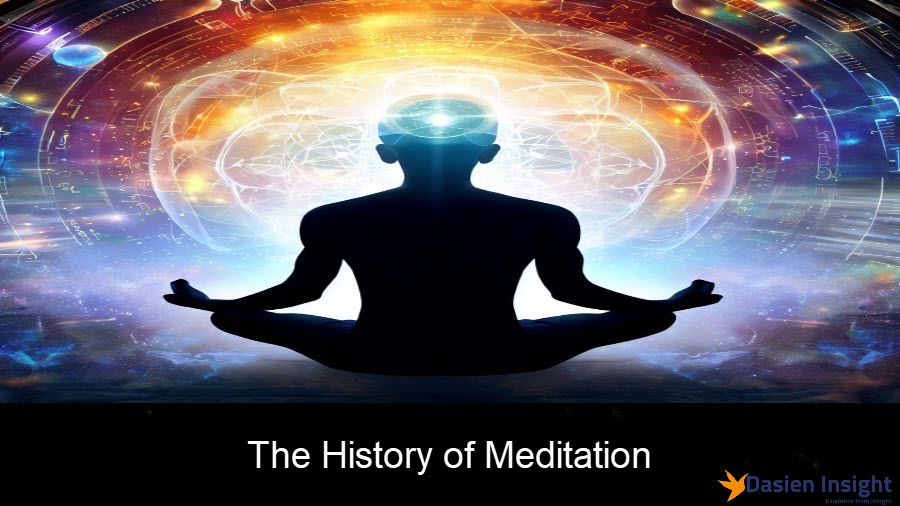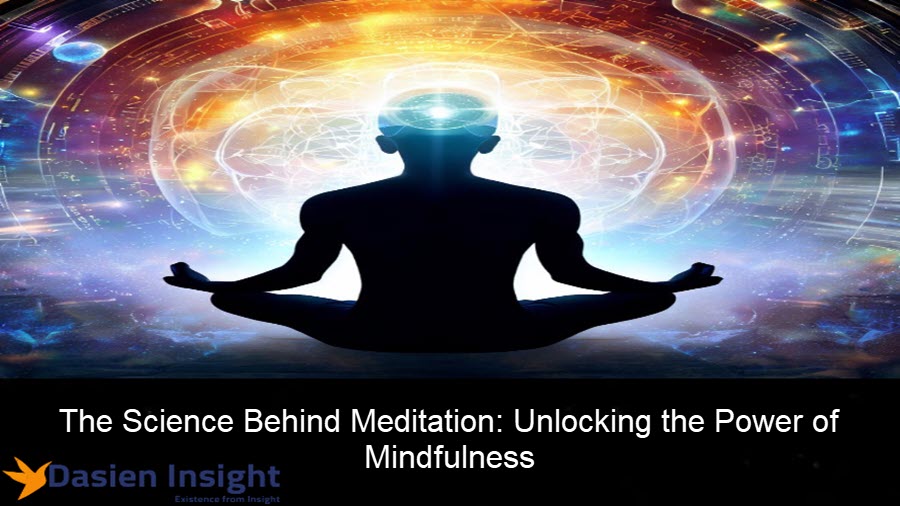The History of Meditation

The history of meditation spans over 5,000 years, weaving through different cultures and religions. From its ancient origins in India to its global popularity today, meditation has undergone various transformations while maintaining its core purpose of inner reflection and spiritual growth. As we move forward, the integration of science, technology, and mindfulness holds exciting prospects for the future of meditation, providing individuals with innovative tools to explore the depths of their inner selves.
Meditation is a practice that involves training the mind to focus and redirect thoughts. It often includes techniques such as mindfulness, concentration, and contemplation. By engaging in regular meditation, individuals aim to achieve a state of mental clarity and emotional calm. In this article, we will get to know the history of meditation. From its origins in India to its spread across various traditions and cultures, meditation has evolved into a transformative practice that continues to captivate individuals worldwide.
Cave Yogis, Vedic Sages, and the Birth of Meditation
The practice of meditation has its roots in ancient India, dating back thousands of years. The earliest evidence of meditation can be found in wall art from 5,000 to 3,500 BCE, depicting individuals engaged in meditative postures. The written around 1,500 BCE, provides the first written mention of meditation.
The Ancient Practice of Meditation in Hinduism and the Vedic Culture
Meditation, during ancient times, was primarily embraced by religious individuals and wandering ascetics. These practitioners sought to transcend the limitations of human existence, establish connections with universal forces, personified as deities, and achieve union with the transcendental reality known as Brahman. The Hindu tradition encompasses both Yogis meditating in caves and the revered Sages (rishis) of the Vedic culture. With hundreds of lineages and techniques, Hinduism stands as the oldest meditation tradition alive and flourishing on Earth.
Buddhism
In the 6th century BCE, Siddhartha Gautama, the historical Buddha, embarked on a quest for Enlightenment. Dissatisfied with existing traditions, he developed his own methodology, blending meditation and philosophy. After attaining Enlightenment, he dedicated the rest of his life to teaching meditation and spiritual awakening to others. Buddhism spread across Asia, giving rise to various lineages. Today, forms of Buddhist meditation, such as Vipassana, Samatha, Loving-Kindness, and Walking Meditation, are widely practiced worldwide.
Jainism, Taoism, and Confucianism
During the same era as the Buddha, three other religions emerged, each with its unique approach to meditation. Jainism, originating in India, emphasizes self-purification, self-discipline, contemplation, and non-violence. Taoism, in China, seeks union with Tao, the cosmic life/nature. Confucianism, also in China, focuses on morality and community life. While Buddhism and Hinduism have gained more global popularity, these traditions continue to thrive within their respective regions.
Read More: The Science Behind Meditation
The Influence of Greek Philosophers and Their Contemplative Practices
Greek philosophers, influenced by the sages and yogis of India, developed their own version of meditation. Alexander the Great’s encounters with Indian culture further enriched the exchange of ideas. One form of meditation that emerged was navel-gazing, known as omphaloskepsis, which involved focusing one’s attention on the naval to induce a state of contemplation and self-reflection.
The Rise of Meditation in Islamic Mysticism and Sufism
In the Islamic world, meditation found its expression through mysticism and the teachings of Sufism. Sufi practitioners engaged in various forms of meditation, including the repetition of sacred phrases (dhikr) and deep inner contemplation (muraqaba). These practices aimed to purify the heart, attain spiritual insight, and cultivate a closer connection with the Divine.
Meditation in the Modern Era
In the 20th century, meditation gained significant popularity beyond its traditional religious contexts. Maharishi Mahesh Yogi introduced Transcendental Meditation (TM), a technique involving the repetition of a mantra, which gained a following in the West. In the late 20th century and into the 21st century, mindfulness meditation emerged as a secular form of meditation, rooted in ancient Buddhist practices but stripped of its religious associations. It gained recognition for its therapeutic benefits, stress reduction, and promotion of overall well-being.
Meditation Today
Meditation has transcended cultural and religious boundaries, becoming a global phenomenon embraced by people from various backgrounds. Today, meditation is practiced in different forms, including mindfulness, guided visualization, loving-kindness meditation, and more. Its benefits extend to mental clarity, stress reduction, emotional well-being, and personal growth.
The Future of Meditation: Integrating Science, Technology, and Mindfulness
As meditation continues to evolve, it intersects with science and technology. Neuroscientists are studying the effects of meditation on the brain, revealing its potential for enhancing focus, empathy, and resilience. Additionally, meditation apps, biofeedback devices, and virtual reality experiences are emerging, offering new avenues for individuals to explore and deepen their meditation practice.


